
About 300 migrants start walk north from southern Mexico. Their goal is not the US border
TAPACHULA, Mexico (AP) — Escorted by police and accompanied by a Catholic priest, about 300 migrants began walking north on Wednesday from southern Mexico, even as the activist who helped organize them remained in police custody over allegations of human trafficking.
On Tuesday, authorities arrested Luis García Villagrán, the leader of a local nongovernmental organization in the city of Tapachula, in the state of Chiapas, for alleged crimes related to his work with migrants.
Mexico’s President Claudia Sheinbaum said during her daily news briefing on Wednesday that he was “not an activist” but was tied to trafficking people — and “that is the crime.”
Sheinbaum said there had been an arrest order pending for García Villagrán for years. It was not known why the outspoken and very public figure had not been arrested earlier.
Later Wednesday, Mexican authorities said in a statement that investigators had identified a network of migrant smugglers that used various organizations and foundations as a front to move migrants and drugs through Mexico. They did not provide any details.
The joint statement from the Attorney General’s Office and security forces said García Villagran’s alleged role was obtaining false documentation for migrants to allow them to cross Mexico.
The group of migrants that left Tapachula, near the border with Guatemala, was small in comparison to migrant caravans in years past. There has been very little movement of migrants in public since U.S. President Donald Trump took office in January, though migration numbers had been falling even prior to that.
Those walking Wednesday said their goal was not to reach the United States, but rather central Mexico. They complained that they had been waiting for months to legalize their status or receive asylum.
In recent years, the Mexican government has worked to contain migrants in southern Mexico — far from the border with the U.S. At times, this strategy has swollen migrant numbers in Tapachula until hundreds set out walking in protest. Chiapas is Mexico’s poorest state and migrants complain there is little work or available housing.
On Wednesday, Johnny López of Ecuador walked with his wife and three children, including a baby born in Tapachula. They had waited in the southern city for the outcome of their asylum application, which was eventually rejected. Now they planned to travel to Mexico City, where López hopes to find work to support his family.
The migrants were escorted by immigration agents, police, marines and paramedics.
Heyman Vázquez, a Catholic priest who accompanied the migrants, called García Villagran’s arrest “unjust.”
Vázquez said it showed the Mexican government’s concern over migrant caravans, which he said would be resolved by making it easier for migrants to legalize their status.
____
Follow AP’s coverage of Latin America and the Caribbean at https://apnews.com/hub/latin-america
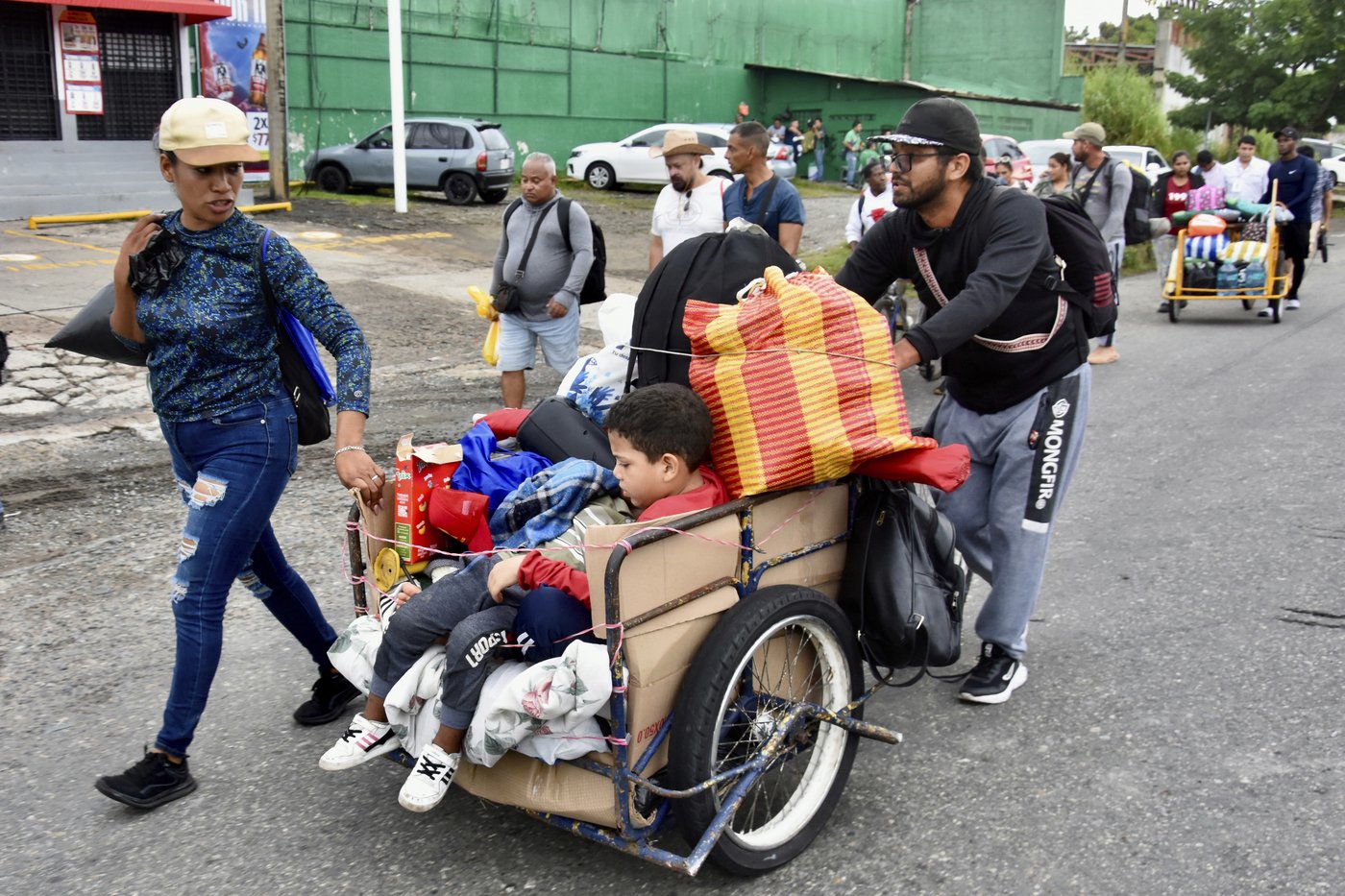
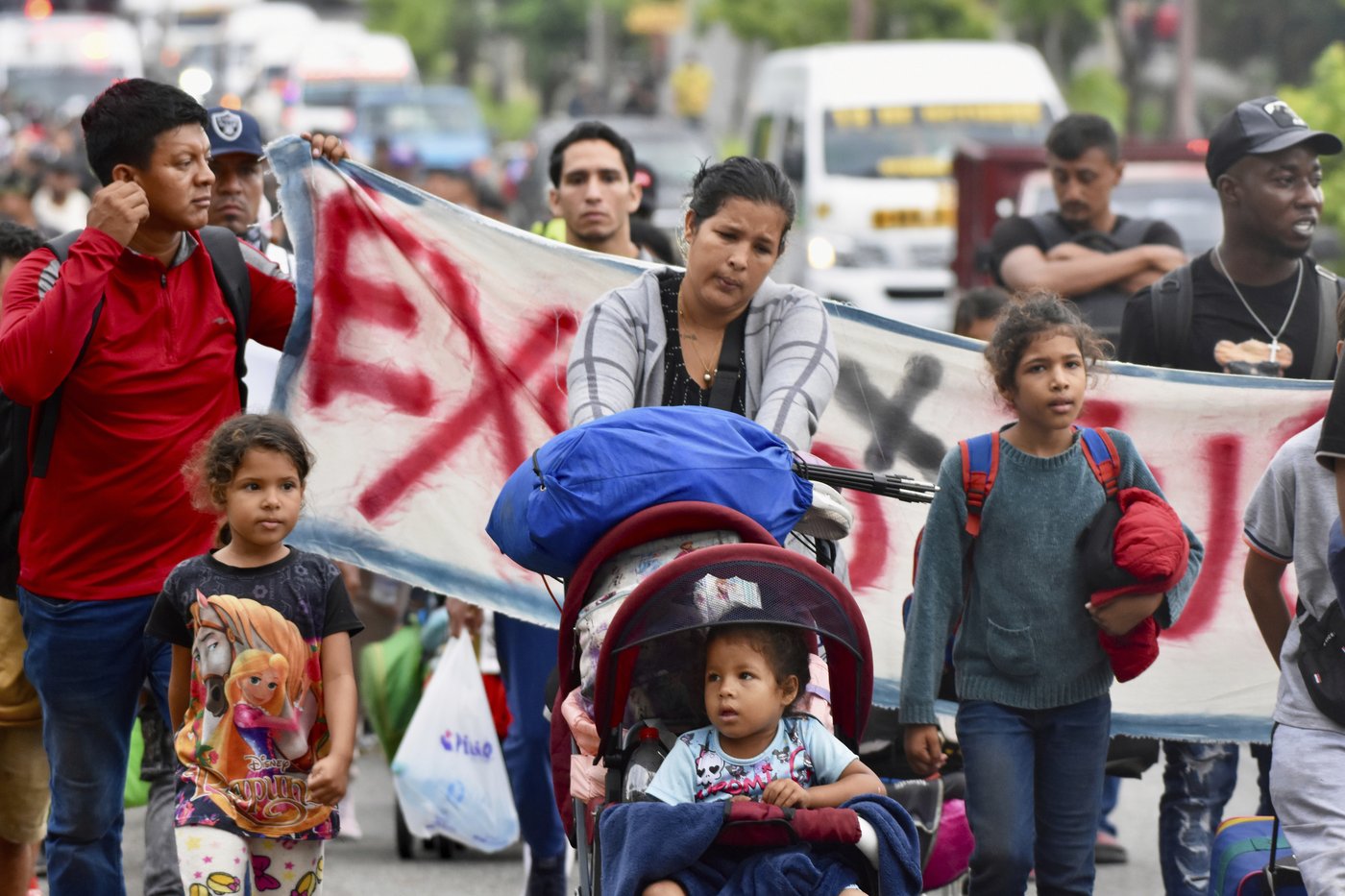
Join the Conversation!
Want to share your thoughts, add context, or connect with others in your community? Create a free account to comment on stories, ask questions, and join meaningful discussions on our new site.














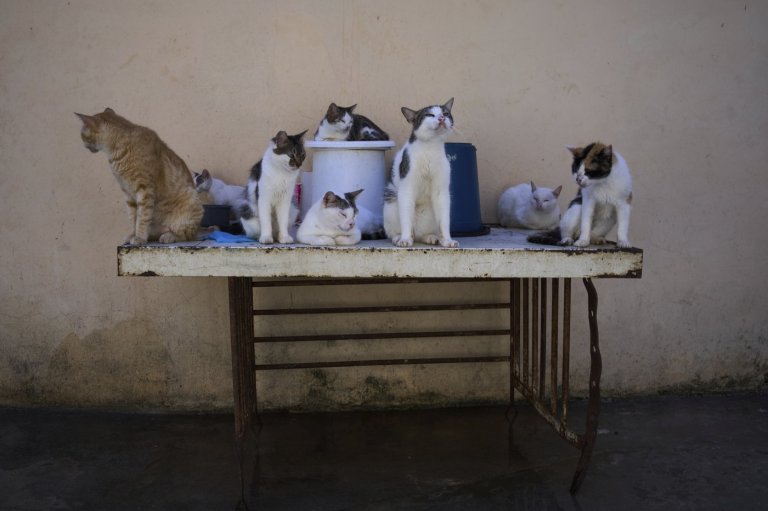
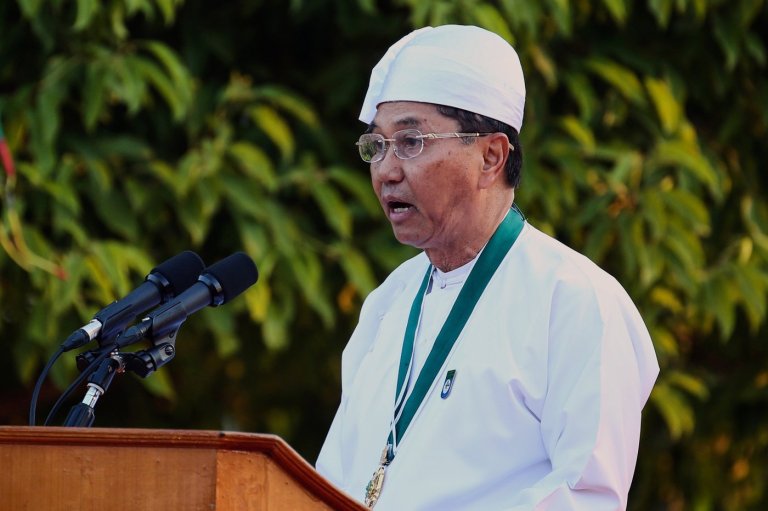
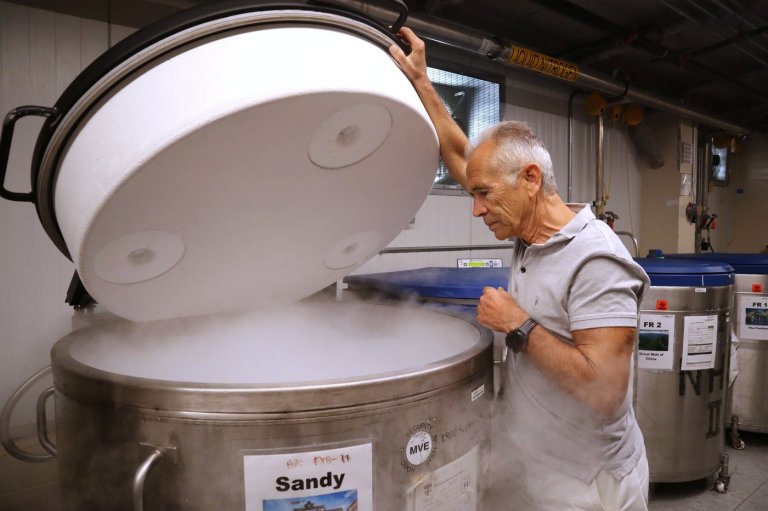

Leave a Reply
You must be logged in to post a comment.